Portal:Myths
The Myths Portal


Myth is a genre of folklore consisting primarily of narratives that play a fundamental role in a society. For scholars, this is very different from the vernacular usage of the term "myth", referring to a belief that is not true, for the veracity of folklore is not a defining criterion of it being myth.
Myths are often endorsed by religious (when they are closely linked to religion or spirituality) and secular authorities. Many societies group their myths, legends, and history together, considering myths and legends to be factual accounts of their remote past. In particular, creation myths take place in a primordial age when the world had not achieved its later form. Origin myths explain how a society's customs, institutions, and taboos were established and sanctified. National myths are narratives about a nation's past that symbolize the nation's values. There is a complex relationship between recital of myths and the enactment of rituals. (Full article...)
Selected article -

A zduhać (Cyrillic: здухаћ, pronounced [zdǔxaːtɕ]) and vetrovnjak (ветровњак, [ʋetrǒʋɲaːk]) in Serbian tradition, and a dragon man in Bulgarian, Macedonian and southern Serbian traditions, were men believed to have an inborn supernatural ability to protect their estate, village, or region against destructive weather conditions, such as storms, hail, or torrential rains. It was believed that the souls of these men could leave their bodies in sleep, to intercept and fight with demonic beings imagined as bringers of bad weather. Having defeated the demons and taken away the stormy clouds they brought, the protectors would return into their bodies and wake up tired.
Notions associated with the zduhać, vetrovnjak, and dragon man, respectively, are not identical. The dragon man fought against female demons called ala, which led hail clouds over fields to destroy crops, and consumed the fertility of the fields. The zduhaći (plural) of an area usually fought together against the attacking zduhaći of another area who were bringing a storm and hail clouds above their fields. The victorious zduhaći would loot the yield of all agricultural produce from the territory of their defeated foes, and take it to their own region. The vetrovnjak, recorded in parts of western Serbia, fought against a bringer of bad weather imagined as a black bird. The zduhaći are recorded in Montenegro, eastern Herzegovina, part of Bosnia, and the Sandžak region of south-western Serbia. The dragon men are recorded in eastern Serbia, Banat, western Bulgaria, and Macedonia. (Full article...)
Did you know? -
- ... that the self-decapitated Hindu goddess Chhinnamasta (pictured) standing on a copulating couple signifies that life, death and sex are interdependent?

- ... that according to Hindu mythology, the "first king" Prithu chased the Earth in the form of a cow (pictured), who eventually agreed to yield her milk as all the world's grain and vegetation?
- ... that the origin of the Postclassic K'iche' Maya patron deity Jacawitz has been traced back to a historical event at the city of Seibal?
- ...that according to Greek mythology, Adonis was slain by a boar at the foot of the waterfall in Apheca in modern-day Lebanon?
Recognised content
Featured Articles:
![]() Ahalya,
Ahalya, ![]() Ancient Egyptian literature,
Ancient Egyptian literature, ![]() King Arthur,
King Arthur, ![]() Ganesha,
Ganesha, ![]() Iravan,
Iravan, ![]() Orion (mythology),
Orion (mythology), ![]() Vampire,
Vampire, ![]() Vithoba
Vithoba
Featured Lists:
![]() List of valkyrie names in Norse mythology
List of valkyrie names in Norse mythology
Good Articles:
![]() 2012 phenomenon,
2012 phenomenon,
![]() Æsir–Vanir War,
Æsir–Vanir War,
![]() Ala (demon),
Ala (demon),
![]() Anu,
Anu,
![]() Aphrodite,
Aphrodite,
![]() Athena,
Athena,
![]() Ardhanarishvara,
Ardhanarishvara,
![]() Battle of Barry,
Battle of Barry,
![]() Bhikshatana,
Bhikshatana,
![]() Catalogue of Women,
Catalogue of Women,
![]() Chamunda,
Chamunda,
![]() Chhinnamasta,
Chhinnamasta,
![]() Consorts of Ganesha,
Consorts of Ganesha,
![]() Cú Chulainn,
Cú Chulainn,
![]() Dhumavati,
Dhumavati,
![]() Dumuzid,
Dumuzid,
![]() Einherjar,
Einherjar,
![]() Eir,
Eir,
![]() Enlil,
Enlil,
![]() Fairy Flag,
Fairy Flag,
![]() Fenrir,
Fenrir,
![]() Gerðr,
Gerðr,
![]() Hel (being),
Hel (being),
![]() Huginn and Muninn,
Huginn and Muninn,
![]() Iðunn,
Iðunn,
![]() Ila (Hinduism),
Ila (Hinduism),
![]() Inanna,
Inanna,
![]() Kabandha,
Kabandha,
![]() Kali,
Kali,
![]() Kamadhenu,
Kamadhenu,
![]() Kangiten,
Kangiten,
![]() Keshi (demon),
Keshi (demon),
![]() Khandoba,
Khandoba,
![]() Kratos (mythology)
Kratos (mythology)
![]() Krishna,
Krishna,
![]() Kubera,
Kubera,
![]() LGBT themes in Hindu mythology,
LGBT themes in Hindu mythology,
![]() Manasa,
Manasa,
![]() Mandodari,
Mandodari,
![]() Matangi,
Matangi,
![]() Matrikas,
Matrikas,
![]() Maya Sita,
Maya Sita,
![]() Mohini,
Mohini,
![]() Myrrha,
Myrrha,
![]() Mythology of Carnivàle,
Mythology of Carnivàle,
![]() Naraka (Hinduism),
Naraka (Hinduism),
![]() Ninurta,
Ninurta,
![]() Prester John,
Prester John,
![]() Prithu,
Prithu,
![]() Putana,
Putana,
![]() Rati,
Rati,
![]() Ratatoskr,
Ratatoskr,
![]() Revanta,
Revanta,
![]() Satyavati,
Satyavati,
![]() Satyr,
Satyr,
![]() Sharabha,
Sharabha,
![]() Shashthi,
Shashthi,
![]() Shiva,
Shiva,
![]() Sif,
Sif,
![]() Tara (Ramayana),
Tara (Ramayana),
![]() Troilus,
Troilus,
![]() Tuisto,
Tuisto,
![]() Valhalla,
Valhalla,
![]() Valkyrie,
Valkyrie,
![]() Vampire folklore by region,
Vampire folklore by region,
![]() Varaha,
Varaha,
![]() Varahi,
Varahi,
![]() Veðrfölnir and eagle
Veðrfölnir and eagle
![]() Zduhać
Zduhać
Wikiversity
Selected creature -
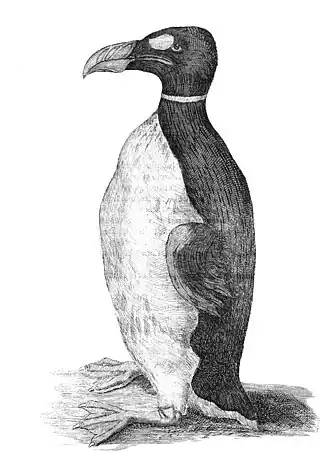
The boobrie is a mythological shapeshifting entity inhabiting the lochs of the west coast of Scotland. It commonly adopts the appearance of a gigantic water bird resembling a cormorant or great northern diver, but it can also materialise in the form of various other mythological creatures such as a water bull.
A generally malevolent entity, the boobrie typically preys on livestock being transported on ships, but it is also fond of otters, of which it consumes a considerable number. In its manifestation as a water horse the creature is able to gallop across the top of lochs as if on solid ground. During the summer months it is seen infrequently as a large insect, sucking the blood of horses. (Full article...)
General images
Subcategories

WikiProjects

- Wikiproject of Mythology
- Wikiproject of Hindu mythology
- Japanese mythology taskforce
Things you can do
- Help with the myth and folklore missing articles project.
- Help create requested articles.
- Help assessment at Wikipedia:WikiProject Mythology/Assessment.
- Place the project banner {{WikiProject Mythology}} on the talk pages of all relevant articles.
- Check the recent changes for recent improvements, vandalism, and other changes.
- Answer requests for mythology articles needing attention: Category:Mythology articles needing attention
- Answer requests for mythology articles needing expert attention: Category:Mythology articles needing expert attention
- Expand articles tagged as mythology stubs: Category:Mythology stubs
- Assist mythology subprojects.
- Add requested photographs of mythology subjects: Category:Wikipedia requested photographs of mythology subjects
Associated Wikimedia
The following Wikimedia Foundation sister projects provide more on this subject:
-
Commons
Free media repository -
Wikibooks
Free textbooks and manuals -
Wikidata
Free knowledge base -
Wikinews
Free-content news -
Wikiquote
Collection of quotations -
Wikisource
Free-content library -
Wikiversity
Free learning tools -
Wiktionary
Dictionary and thesaurus
-
 List of all portals
List of all portals -

-

-

-

-

-

-

-

-

-
 Random portal
Random portal -
 WikiProject Portals
WikiProject Portals

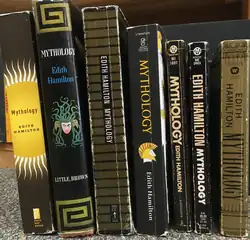
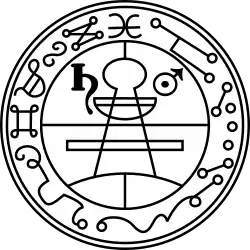

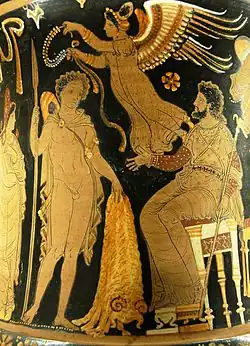
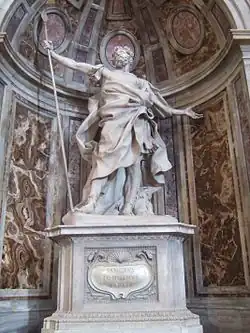
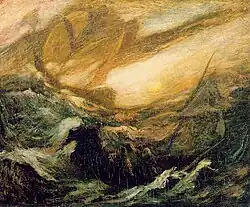



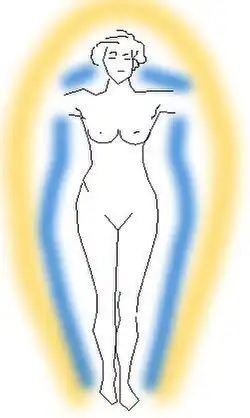



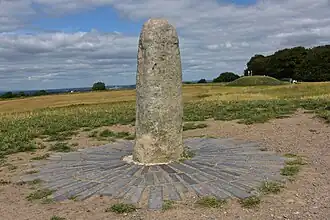
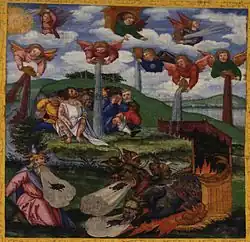


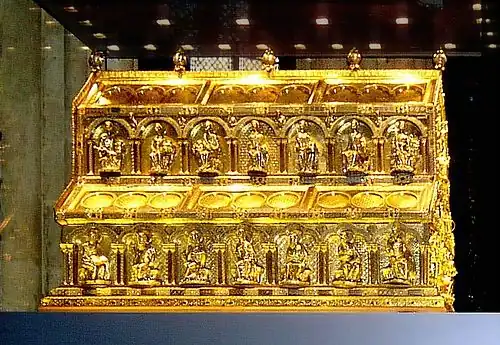
.jpg)
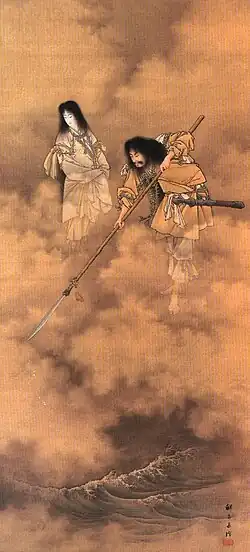



_(15949358169).jpg)



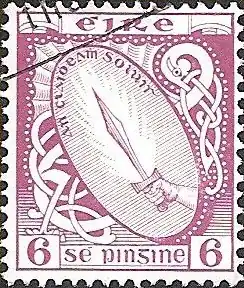





_(14801987593).jpg)

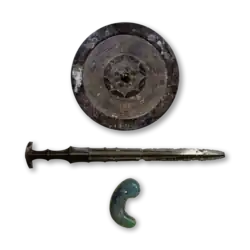

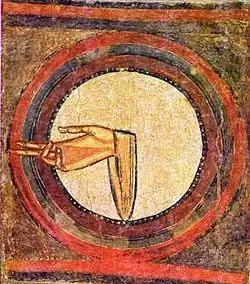
.jpg)


.jpg)

_to_Devas._When_Rahu_(snake_dragon)_tried_to_steal_the_Amrita%252C_his_head_was_cut_off.jpg)
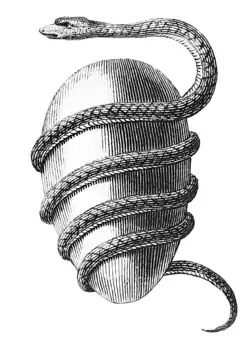
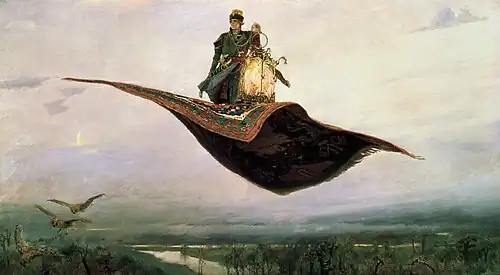
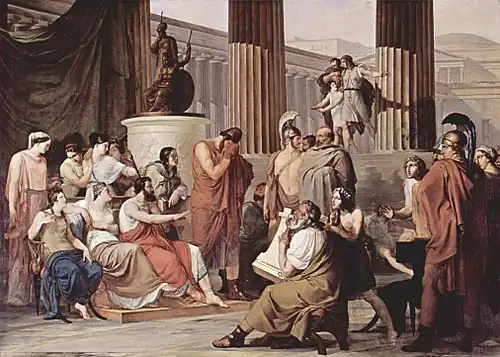
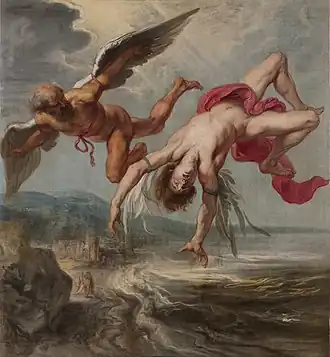
.jpg)
_by_M%C3%A5rten_Eskil_Winge.jpg)
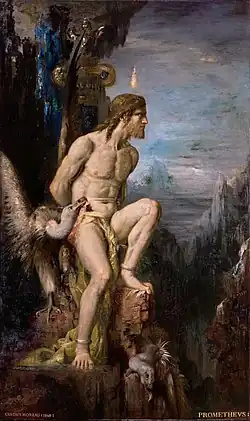
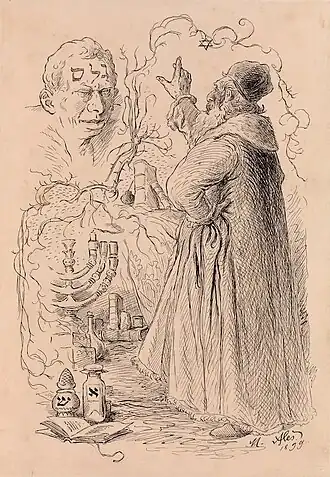
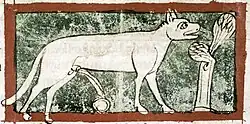
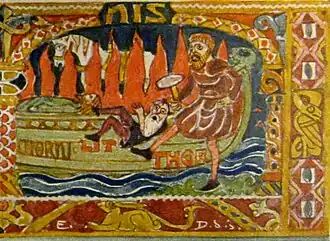
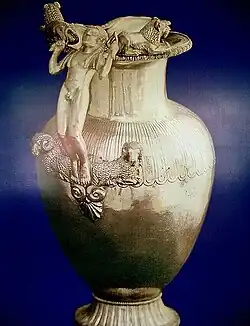

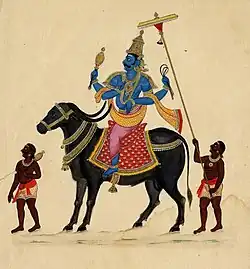
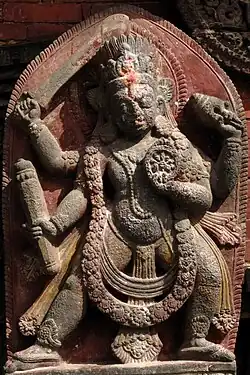

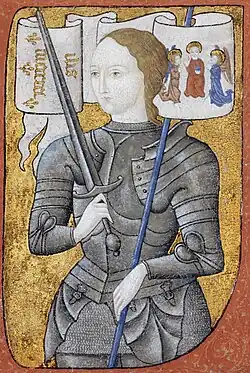
-late.14c.jpg)
_Geraint.jpg)
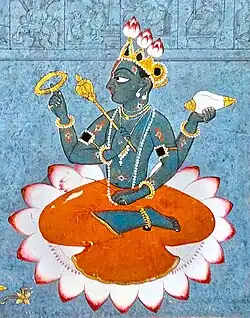
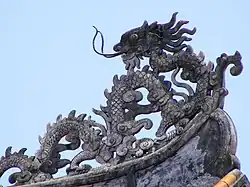

_-_Adam_and_Eve-Paradise_-_Kunsthistorisches_Museum_-_Detail_Tree_of_Knowledge.jpg)
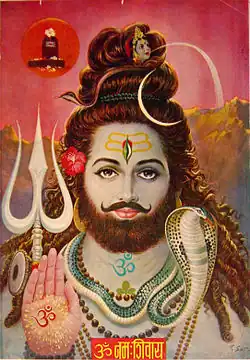
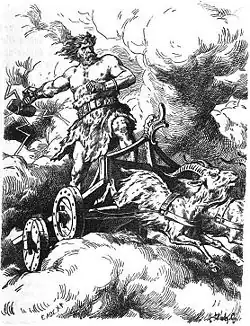


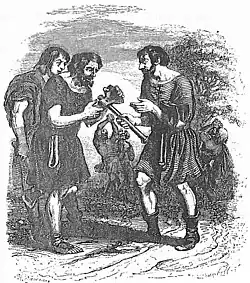
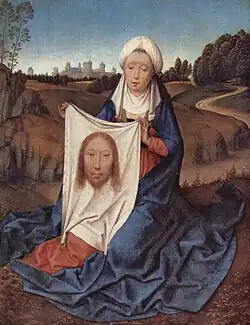
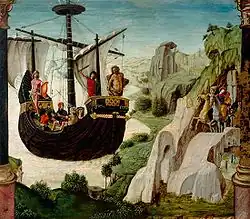
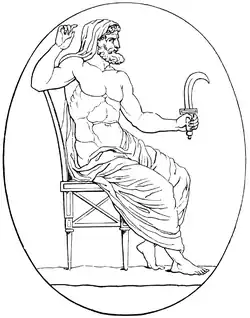

.jpg)
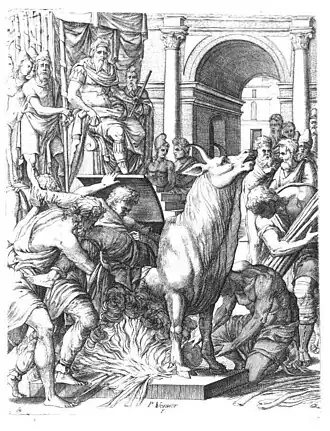
.jpg)







